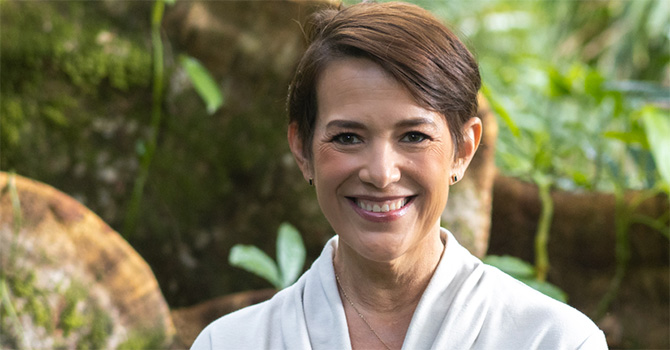“Don’t tell me you are a Baptist, an Independent, a Presbyterian, a Dissenter: tell me you are a Christian. That is all I want.”
-- Evangelist George Whitefield (1714-1770)
The American religious marketplace has come full circle since the days in the mid-18th century when itinerant evangelists such as the Anglican priest George Whitefield would ride on horseback through the New England colonies, drawing thousands of people to his revival meetings.
In the mid-19th century, denominations would begin to take over concerns such as publishing houses, relief agencies and education programs that were once the province of voluntary societies.
Today, more than 150 years later, it is organizations such as the Mike Hagen Strength Team, Teen Mania Ministries and OneHope -- successors of the Whitefields and groups such as the American Sunday School Union -- that are on the leading edge of the new religious economy.
In a new book following up on a major study of Christian nonprofits, sociologist Christopher Scheitle of Pennsylvania State University tracks the rapid growth in numbers and influence of parachurch nonprofits, and the opportunities and challenges they pose for congregations and denominations.
“The parachurch organization would say that, like ivy, they are growing around local churches and making them stronger and more beautiful,” Scheitle writes in “Beyond the Congregation: The World of Christian Nonprofits.”
“But many churches might instead see them as slowly destroying the building’s walls.”
What cannot be ignored, Scheitle writes, is the rising importance of parachurch nonprofits in a time when there are increasing numbers of nondenominational churches and Christians who either do not identify with a particular denomination or who feel comfortable crossing traditional boundaries to meet their spiritual needs.
He estimates that from 1995 to 2007, the number of parachurch nonprofits (parachurch organizations are subset of “public charities,” the official term for nonprofits with 501(c)(3) tax status) increased nearly threefold, from 20,000 to 58,000. In the same period, the number of all such organizations rose 78 percent.
In his study of almost 2,000 of the nation’s largest Christian nonprofits, , Scheitle found that their combined income topped $10 billion in 2006, just short of the money received by the Southern Baptist Convention.
Other findings from his landmark study of Christian nonprofits include:
• It is not all about Pat Robertson or Focus on the Family. Organizations focused on charismatic evangelism (including itinerant speaking and revivals) and groups focused on missions and missionary work represented 36 percent of the total. Seven percent were radio and television ministries.
• Forget about the air-conditioned doghouses that came to symbolize the Jim and Tammy Faye Bakker PTL ministry. Twenty-one percent of the organizations studied did not compensate executives. Among those that did, the mean compensation for the highest-paid executive was $65,000.
• While much national attention has been paid to faith-based initiatives, just 3 percent of the largest Christian nonprofits received government funding. Less than 1 percent spent money for lobbying activities.
There is potential for both benefit and peril as congregational and denominational leaders navigate their way in this new religious marketplace, Scheitle writes.
Christian nonprofits that focus their resources on doing one thing well -- whether it is organizing mission trips or producing Bible translations -- have competitive advantages over larger organizations such as denominations, which often have to be all things to all people, Scheitle said.
And organizations such as Promise Keepers and Habitat for Humanity can provide the structure to develop new ministries inside congregations.
“The reality is that most congregations would benefit from outsourcing some of the things they do,” Scheitle said.
However, church leaders also need to balance the potential gain against the possibility that an outside organization will take away more resources than it provides, drawing money and even members away from the local church.
Denominational leaders, Scheitle said, will want to consider how they can best emphasize the importance of their theology and values -- why, for example, it is important to attend a Methodist or Lutheran summer camp or go on a Methodist or Lutheran mission trip as opposed to using parachurch services.
There are no easy answers, Scheitle said. Like newspaper executives coming to terms with an online culture, so too church leaders face the uncertainty accompanying the restructuring of a long-established institutional model.
In the end, Scheitle said, “it is an issue of each congregation deciding for themselves what is the best strategy.”





